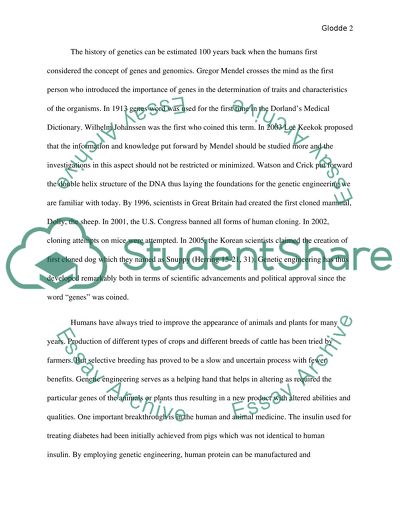Cite this document
(“Genetic Engineering: A Blessing or a Catastrophe Research Paper”, n.d.)
Retrieved from https://studentshare.org/sociology/1398957-genetic-engineering-a-blessing-or-a-catastrophe
Retrieved from https://studentshare.org/sociology/1398957-genetic-engineering-a-blessing-or-a-catastrophe
(Genetic Engineering: A Blessing or a Catastrophe Research Paper)
https://studentshare.org/sociology/1398957-genetic-engineering-a-blessing-or-a-catastrophe.
https://studentshare.org/sociology/1398957-genetic-engineering-a-blessing-or-a-catastrophe.
“Genetic Engineering: A Blessing or a Catastrophe Research Paper”, n.d. https://studentshare.org/sociology/1398957-genetic-engineering-a-blessing-or-a-catastrophe.


